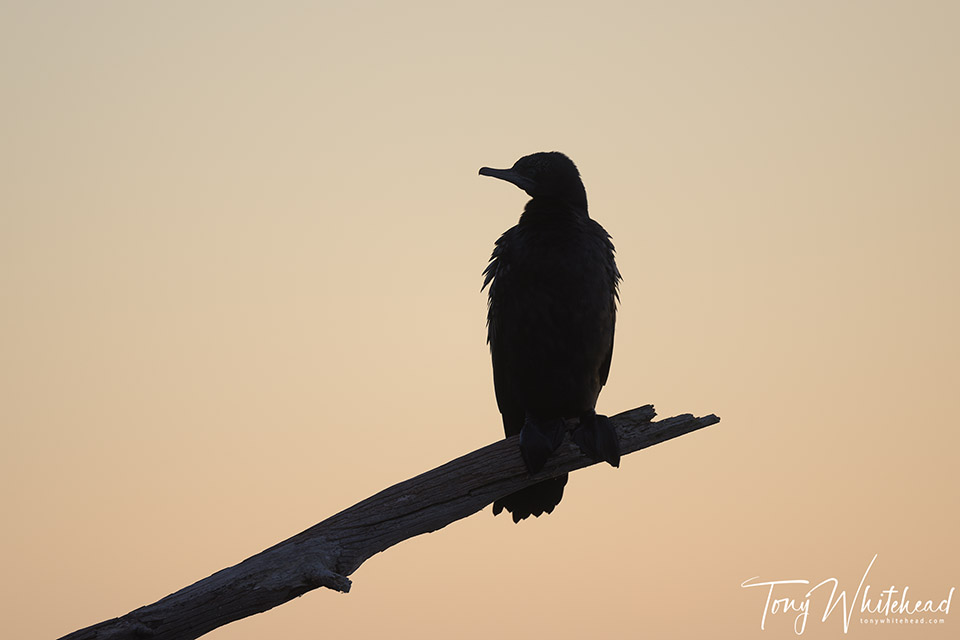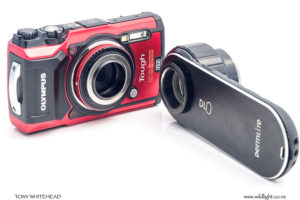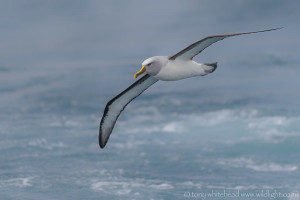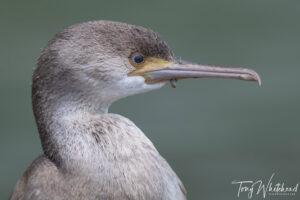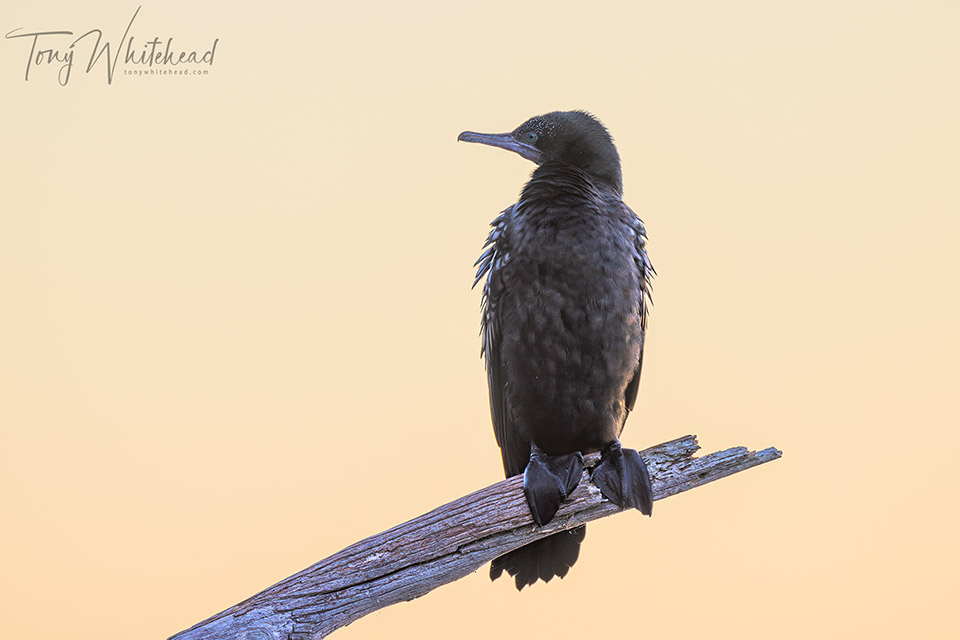
In my previous post I suggested that getting exposure “correct” was possibly not quite as crucial as in days past as long as you protected your highlights. This was rather specific to my experience with Nikon sensors. The one caveat I included was when working with dark coloured backlit subjects where you wanted to retain background colour while recovering as much detail as possible in the dark subject. In this case I suggested risking image sharpness while using lowest ISO and taking a number of shots to increase the chances of getting a sharp image. I recently had opportunity to put this into to practice and illustrate the point I was trying to make.
A Little Black Shag against the colours of a sunrise were a perfect example of the scenario I had described. I took some shots exposed to keep the background colour which seriously underexposed the shaded side of the black bird. This image shows the unprocessed full frame file out of Lightroom – essentially a silhouette.
I took some images at ISO 64 (base ISO) and then some at ISO 500 (2nd base ISO of the dual gain Nikon Z9 sensor). As expected a number of the slow shutter ISO 64 images were soft but I managed a number of sharp captures with the Nikkor Z 800 F6.3 VR S at 1/80s handheld. The ISO 500 frames at 1/800s had a much higher sharpness success rate so what was the benefit of shooting at the lower ISO?
The lowest ISO delivers the maximal dynamic range from the sensor enabling cleaner extraction of underexposed shadow detail. These next 2 images show the files with RAW adjustments made in Lightroom.


These next 2 images are crops from the images processing in Photoshop with some tonal contrast adjustment and noise reduction and sharpening with Topaz Photo AI.


I think that this quite nicely shows the advantages of minimising ISO in this situation achieving a much cleaner and more detailed image. In an ideal world we would shoot at lowest ISO all the time but the demands of wildlife photography mean that we usually need to compromise ISO (and thus dynamic range) in the interests of capturing sharp images. In this situation with a dark subject against a bright background where we want detail in both there is a case to be made for risking sharpness (and mitigating that risk with multiple exposures) in exchange for maximal dynamic range.
Photos with Nikon Z9 with Nikkor Z 800 f6.3 VR S
